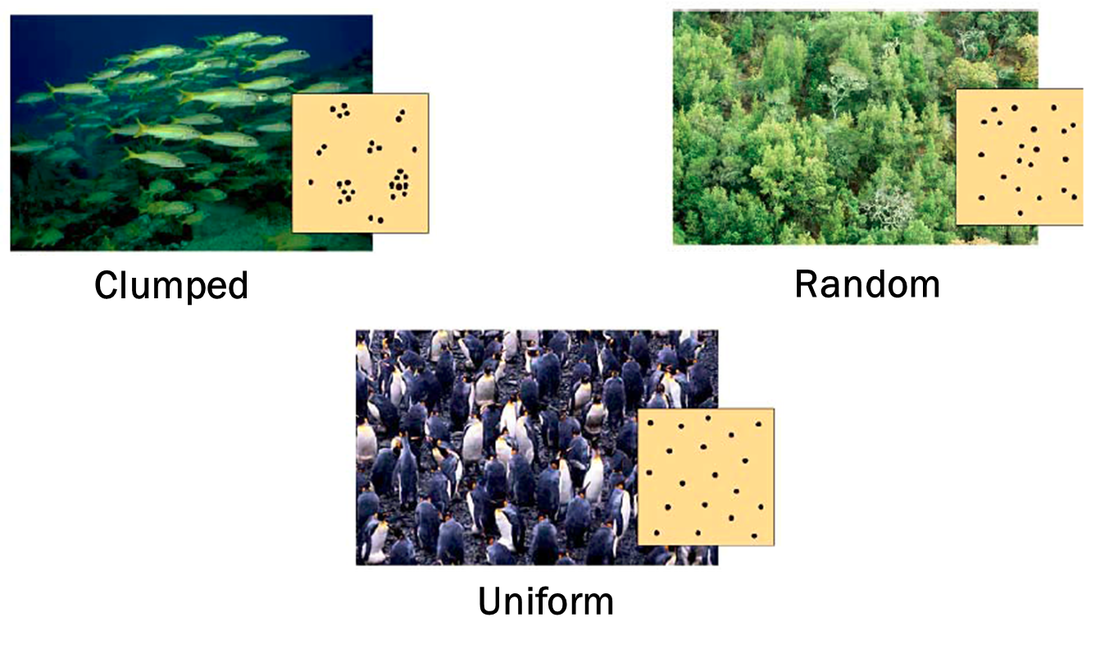


They can be based on personal experience, cultural experience, or experience accumulated by natural selection into the genome. Posteriors may be built from multiple levels of information, such as resource distribution, mating opportunities, predation risk or competition.
DISPERSIO PATTERS OF OF ORGAISMS UPDATE
Information is used to update more or less complex ‘prior’ internal representations of the location of fitness-relevant environmental attributes to ‘posterior’ expectations. According to this framework, decisions about direction and speed of movement are based on the information available to an individual. In his introductory talk, Thomas Hovestadt presented a ‘movement framework’ originating from discussions in the dispersal workshop in Paris, 2007. Here we summarize the most recent advances in dispersal research presented and discussed at this meeting.Ģ. Dispersal framework: the role of information

This fourth meeting provided an opportunity to assess how much integration has been achieved between empiricists and theoreticians, to present novel insights on dispersal patterns in plants, animals and micro-organisms, and to measure the progress made in examining the causes and consequences of dispersal. After this seminal impulse, the group regularly met at workshops and conferences. It was this emphasis on using a more integrated approach that ensured the success of this workshop. This was the fourth meeting of an informal and open group of researchers, which first met in 2005 at the joint initiative of Silke Hein, Thomas Hovestadt, Hans-Joachim Poethke and Hans Van Dyck, and aimed to invite and encourage theoreticians and empiricists to work together more closely. The symposium ‘ Organisms on the move: ecology and evolution of dispersal’ was co-organized by Dries Bonte and Hans Van Dyck and sponsored by the Flemish Fund for Scientific Research. Van Dyck & Baguette 2005 Baguette & Van Dyck 2007). This mechanistic approach encouraged major advances in our understanding of dispersal (e.g. This approach stimulated the dissection of dispersal into its three constitutive steps: emigration, transfer and settlement, as previously proposed by Lidicker & Stenseth (1992). After having first regarded the phenomenology of dispersal, researchers gradually considered a more mechanistic approach to dispersal. As a consequence, dispersal has attracted the attention of a growing number of researchers, resulting in a large amount of papers and meetings devoted solely to the ecology and evolution of dispersal. 2002 Bowler & Benton 2005 Kokko & Lopez-Sepulcre 2006). The biology of dispersal is thus a fundament for many areas of ecology and evolutionary biology ( Clobert et al. Indeed, dispersal drives the spatial and temporal redistribution of genotypes, a process that is inseparable from the evolution of life-history traits ( Ronce 2007). Besides this crucial role in population dynamics, dispersal also plays a central role in the evolution of populations and species. To function over ecological and evolutionary time scales, populations facing such environmental changes need to be provided with functionally connected networks of habitats, and the success of these networks is reliant on the species having sufficient dispersal ability to track suitable habitats. In the context of landscape fragmentation and global climate change, understanding how, where and why organisms move among local populations and to new areas is of utmost importance. Dispersal is the process that ultimately causes gene flow through space or time.


 0 kommentar(er)
0 kommentar(er)
